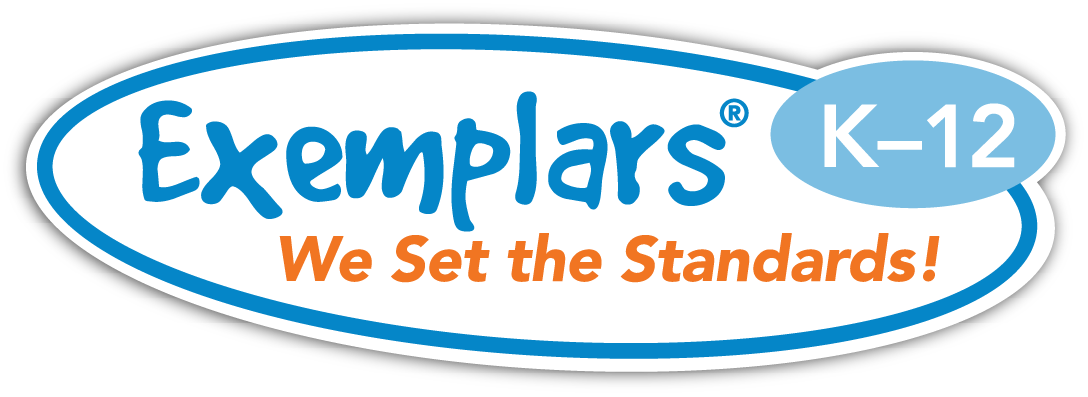The majority of the students in your room should fall into the middle-of-the-road category, but this is not always the case. The Exemplars task itself is presented at grade level, but designed to meet students where they are in their skills. Rubrics are provided to help with the grading and give ideas for what the solutions could look like. I particularly like that the Exemplars tasks celebrate the unique ways in which students look at problems, instead of discouraging these differences. There is not only one correct way to solve a problem. Connections and questions/prompts are given to facilitate the problem-solving process. These tasks are not meant to be easy, but a challenge for all levels. Grade-level students should be ideally able to make some connections to the task and may need some guidance. By giving your students time to think and grow, the more likely they are to be able to extend their thinking.
One Math Classroom, Many Levels
Using Exemplars to Support All Students
Written by Liz Andrews, 7th and 8th Grade Special Education Teacher, NJ

Finding tasks to use in the classroom can be a feat when you have students reading at a 3rd-grade level and a 9th-grade level in the same class. As special education teachers, we are taught to differentiate for our students, but it is not always easy to find a happy median to accommodate all of the students’ learning levels, particularly in math.
I was first introduced to Exemplars three years ago when I started working in a new school district. Exemplars offered different tiered tasks to accommodate all of my students in middle school math.
I particularly like that the Exemplars tasks celebrate the unique ways in which students look at problems, instead of discouraging these differences. There is not only one correct way to solve a problem.
There will be students who can just look at the prompt and know how to go about solving it. These are the students who would benefit from the “more challenging” version of the task. This extension is the perfect way to get higher-performing students to more advanced problem solving. The main idea of the task is the same, but these challenges allow higher-order thinking skills. Creation and analysis are required rather than just remembering facts. Rubrics allow for rigor and encourage mathematical communication rather than just the answer. Many of the tasks allow for discussion and working with peers to refine and develop their thinking.
From visual aids to connections to real-life situations, students are able to make abstract concepts more concrete. Language development is also worked into the problems ...
I am primarily responsible for the lower-scoring students in the class who have Individualized Education Plans (IEPs). Having taught in a resource classroom and in a class support setting, I wish I had learned about Exemplars sooner. Each task has a more accessible version to bring the task to a more basic level. Again, example solutions are available to view to gauge how your students are doing. Certain tasks have additional support for Special Education and ELL students. From visual aids to connections to real-life situations, students are able to make abstract concepts more concrete. Language development is also worked into the problems to encourage the use of math vocabulary.
Observing my students work on these Exemplars tasks was eye-opening. Exemplars gives students of all different levels an opportunity to extend their thinking and work towards a solution.
The goal as teachers is not just to teach how to find the answer to a given problem, but to be able to analyze and problem solve. Exemplars gives students of all different levels an opportunity to extend their thinking and work towards a solution. The process is just as important as the answer. This applies to real-life situations and working towards a desired result. As a middle school special education teacher, I think that using these tasks will improve the classroom environment and encourage students to think critically and more analytically.

